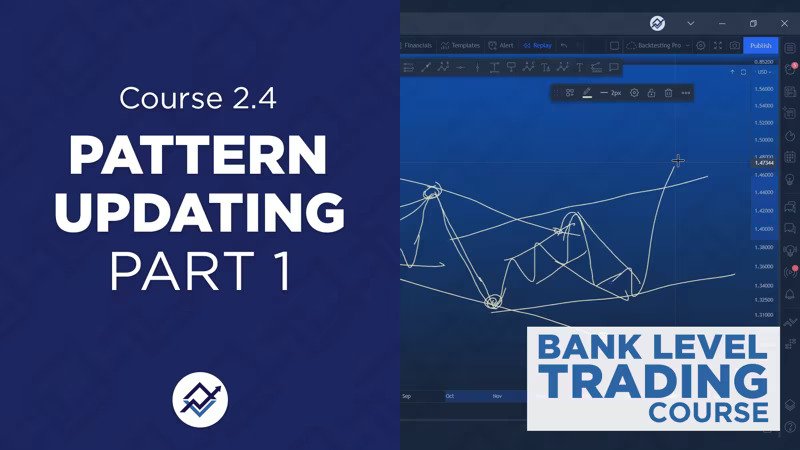Introduction
Options and derivatives are financial instruments that derive their value from an underlying asset, index, or security. They play vital roles in financial markets, aiding in risk management, speculation, and price discovery.
Basics of Options and Derivatives
- Derivative: A financial contract whose value is derived from another asset. Common underlying assets include stocks, bonds, commodities, currencies, and interest rates.
- Options: A type of derivative that gives the holder the right, but not the obligation, to buy (call option) or sell (put option) an underlying asset at a specified price within a given time frame.
Main Types of Derivatives
- Forwards: Custom contracts between two parties to buy or sell an asset at a specified future date for a price agreed upon today.
- Futures: Standardized contracts to buy or sell an asset at a future date at a predetermined price. Traded on exchanges.
- Options: As described above.
- Swaps: Agreements between two parties to exchange sequences of cash flows.
Trading Basics
- Call Option: Gives the holder the right to buy the underlying asset.
- Put Option: Grants the holder the right to sell the underlying asset.
- Strategies: There are myriad option trading strategies, like the “Butterfly” or the “Poor man’s covered call”. Each strategy is suited to specific market conditions and risk appetites.
Real-world Application
- Hedging: Using derivatives to reduce the risk of adverse price movements in an asset.
- Speculation: Using derivatives to bet on the future movement of an asset.
- Arbitrage: Taking advantage of a price difference between two or more markets.
Common Queries in Options Trading
- 3 30 Formula: A reference to a common practice of checking a stock’s price at 3:30 PM to decide on end-of-day positions. Not an established trading formula.
- 60 40 Rule for Options: Refers to the tax treatment in the U.S., where 60% of gains/losses from certain futures contracts are treated as long-term and 40% as short-term, regardless of the actual holding period.
- 1 2 3 Trading Method: A strategy that identifies reversals and continuations in the market.
Learning Curve
Derivatives can be complex, but with dedicated effort and proper resources, anyone can understand their mechanics and applications. It’s essential to practice safe trading, start with small amounts, and continuously educate oneself.
Caution
Trading options requires understanding, strategy, and attention to market dynamics. It’s not merely a “gamble,” but a calculated risk. Beginners often make mistakes like not understanding an option’s expiration or misjudging volatility.
Conclusion
Options and derivatives are powerful financial tools. They offer flexibility and leverage but come with their own set of risks. Proper education, strategy, and risk management are crucial for success in this realm.





